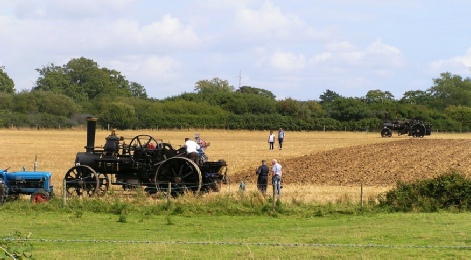
Almost universally the double engine system is seen today. This involves two engines, one on each side of the field, pulling an implement between them with a steel cable.
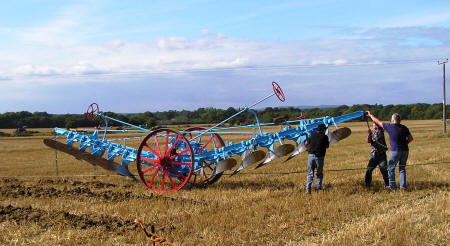
Each engine pulls the implement in turn. At the end of the pull the implement goes back the other way and the engine at rest moves forward the width of the work. The pull could be up to 800 yards.
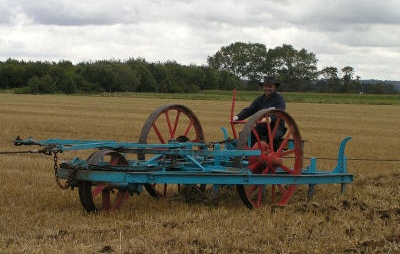
Implements are usually the plough or the cultivator. The plough pivots around its centre axle each set of plough blades operating in turn. The plough is steered.
A cultivator, using up to 16 tines, is turned by the power of the opposite engine as it starts to pull. At the same time the tines are lifted out of the ground. When the cultivator is ready the steersman pulls a lever to drop the implement into the ground.
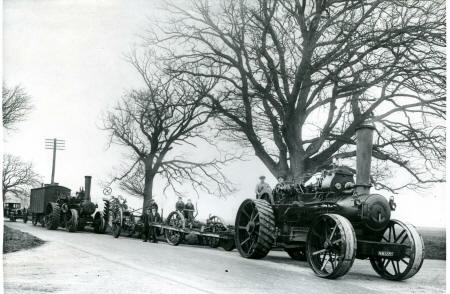
Most ploughing engines were operated by contractors moving from job to job. The farmer was responsible for providing coal and water. Each plough gang consisted of a foreman, two drivers, a steersman and a cook boy. They lived in a van pulled by the engines. They stood in for each other during meal times so the work never stopped.
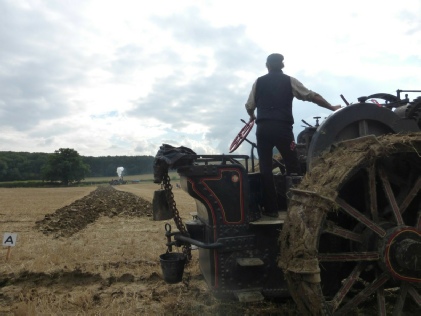
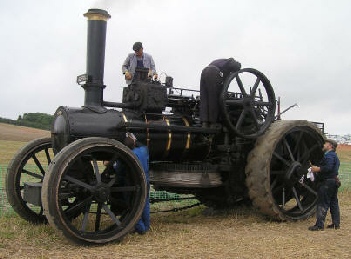
A ploughing engine can be recognised as a very large traction engine with a winch drum under the boiler. The great majority are Fowlers with just a handful made elsewhere. The picture above is of a McLaren.

In good conditions a ploughing set can plough about 20 acres a day using roughly a tonne of coal. By contrast a horse plough could only manage 1 acre a day. The steam plough could plough deeper and cultivate ground impossible by other methods.
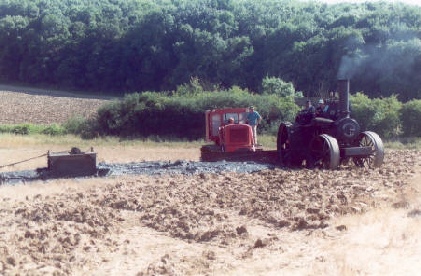
Ploughing engines can use the same cable system to dredge lakes.
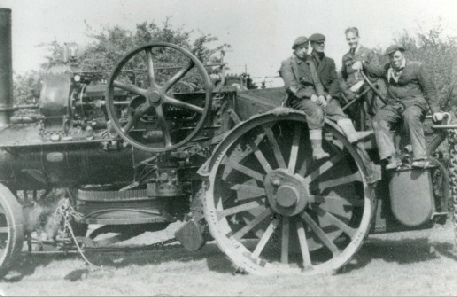
The heyday of steam ploughing was between 1860 and 1919. Some sets lived on to be used again in the second war.
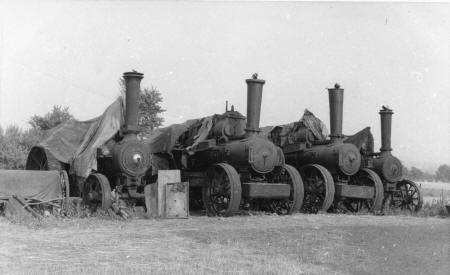
The last contractor sold up in 1960.
